If you are ready to enhance your web design with expert solutions, let’s talk!
Think back to the moment when you met a new person. Can you remember the first impression you had? The same thing happens with your brand. Your audience picks up on its "vibe" and catches the way it speaks, looks, and behaves (in a few seconds!). These are your brand attributes in action, and they make your audience say, "I trust them," "Yes, this is exactly what I'm looking for," or "They're creepy!"
Need to keep your audience hooked? You have to understand and use these attributes correctly. Our brand experts at Arounda will explain what you need to pay attention to and how to create the right brand characteristics, and they will show you examples. Let's dive into branding science.
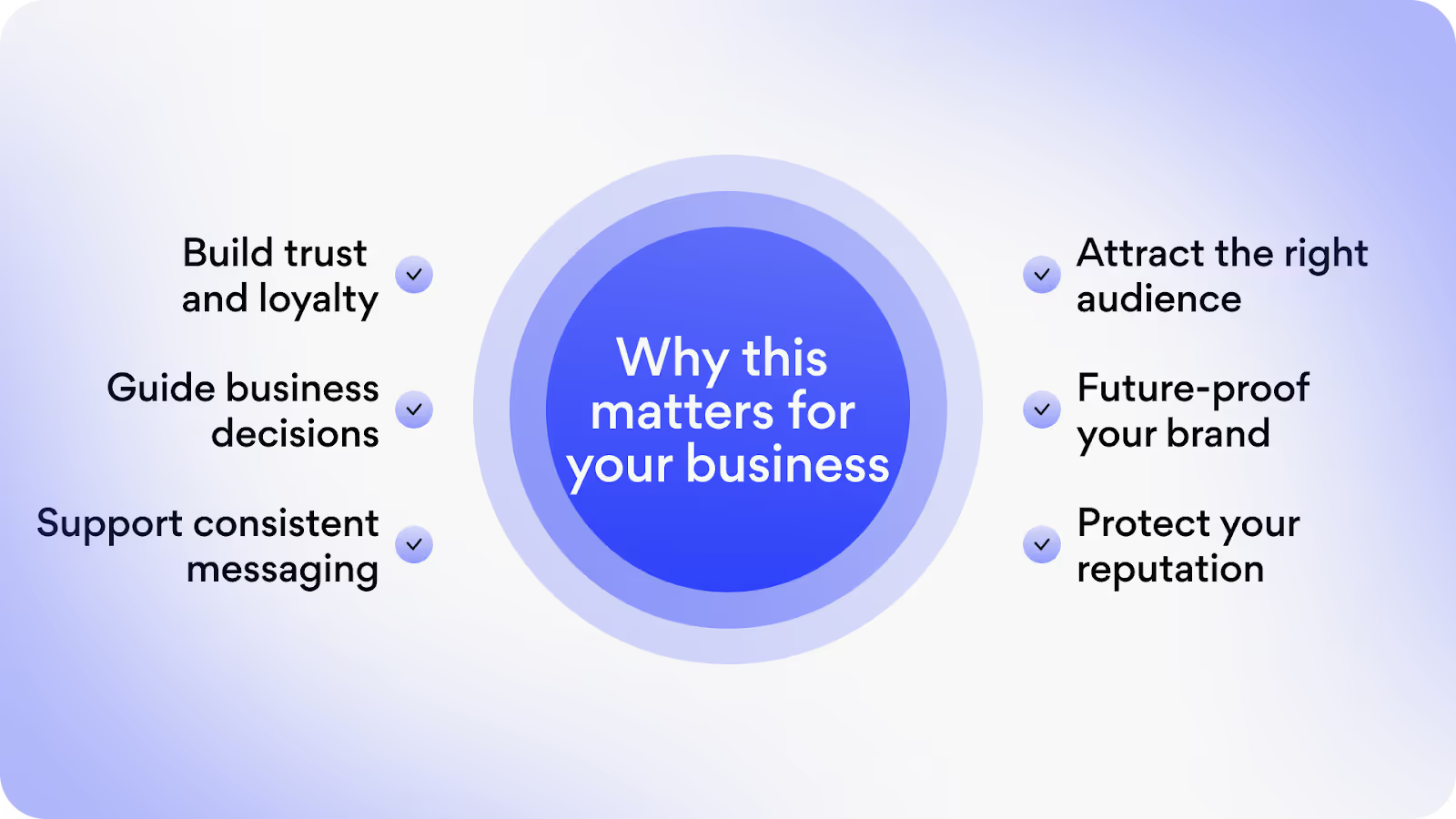
What Are Brand Attributes and Why Are They Important?
Let's start from the beginning and answer the question - what is "brand attributes"? They are the core characteristics that define a brand's personality, values, and promise to its audience. These attributes go beyond surface-level design elements; they represent your brand's essence and how it resonates emotionally and functionally with your customers. And now, we explain why attributes are so critical to your brand.
Enhance brand positioning
Brand attributes form its position in the minds of consumers, define its unique value, and resonate with the target audience. They help to differentiate a brand in a tight market (demonstrate luxury, accessibility, innovation, or reliability) and position its strategy.
Build customer loyalty
The main task is to create an emotional connection with your audience. Loyal customers are more likely to repurchase, recommend, and advocate for your brand. Agree? As a result, you will get a reduced churn rate and boosted lifetime value. For example, Nike builds loyalty among athletes and fitness enthusiasts because it promotes empowerment, athleticism, and innovation.
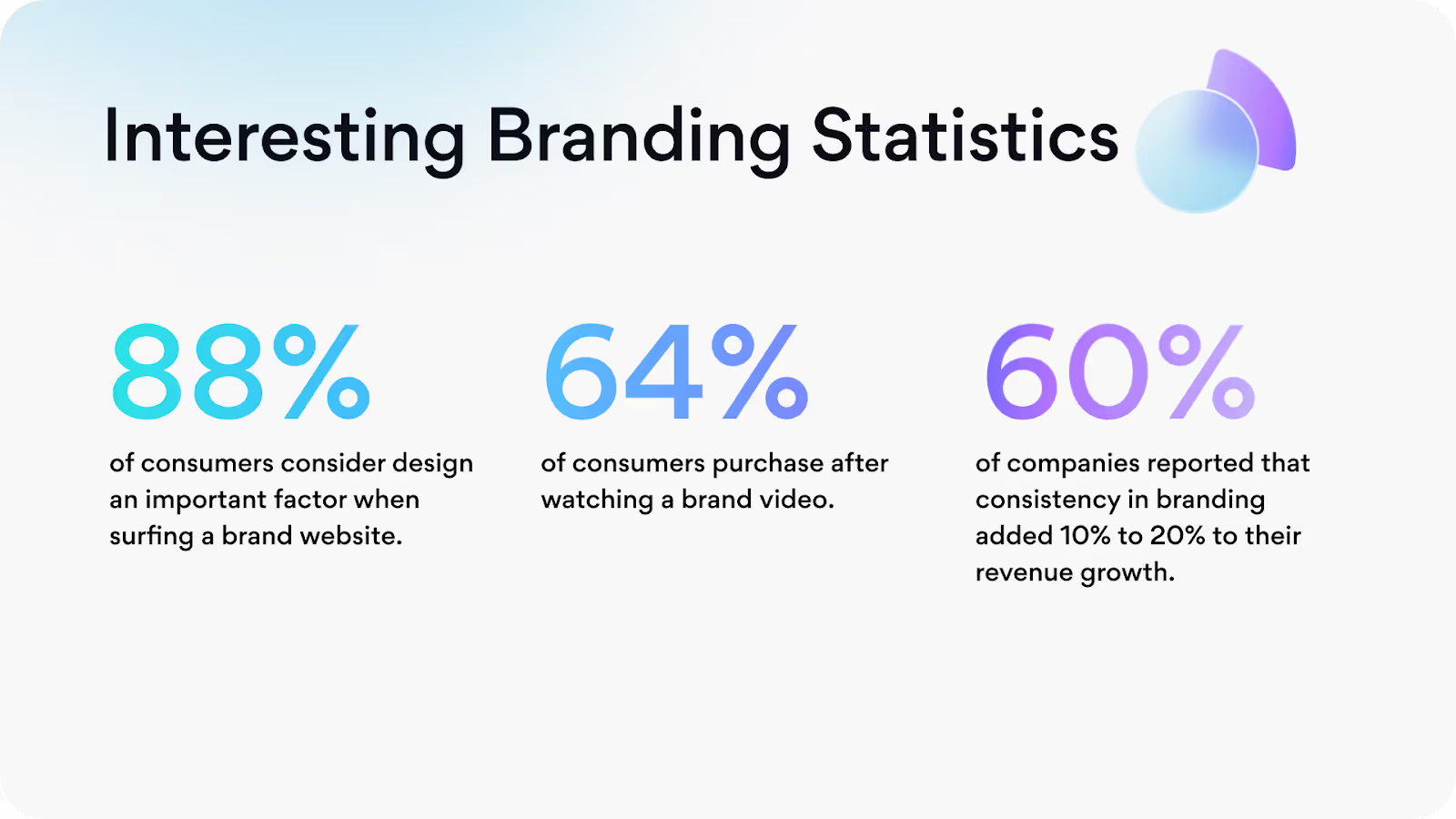
Strengthen brand identity
Attributes make the brand distinct and recognizable in a sea of competitors, and it is easier for customers to see and choose you over alternatives. Brand differentiation is a strategic method for brand success.
Support consistent messaging
Consistency is king in branding. It guides every aspect of communication (from advertising to customer service). Consistent messaging strengthens credibility and ensures your audience experiences the same values and tone across all touchpoints.
Different Brand Attribute Types
There are two categories: hard attributes and soft attributes. Together, they form a well-rounded perception of your brand and appeal to your audience's rational and emotional sides. Take a look at each type of brand attributes list.
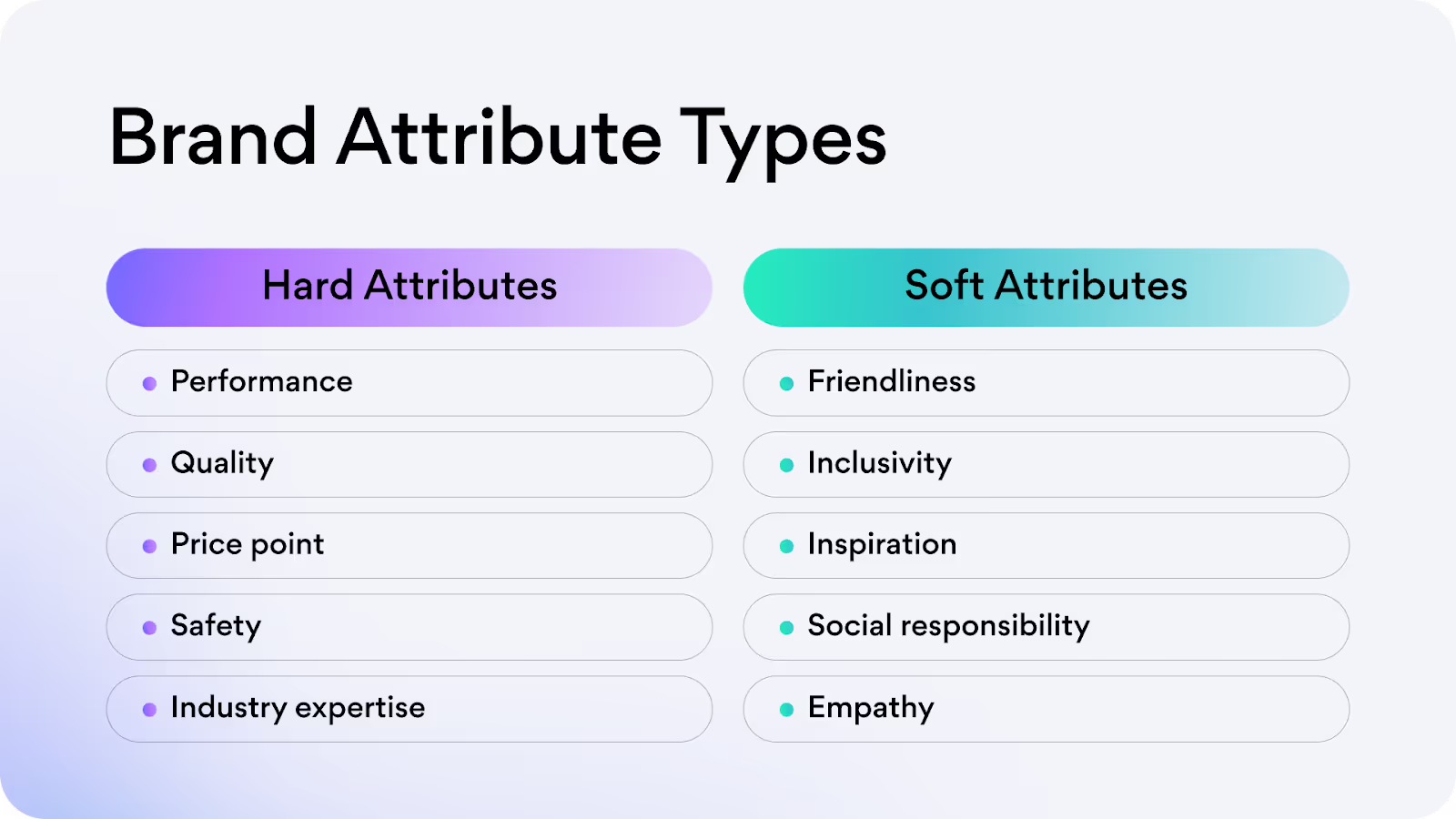
Hard Attributes
Hard attributes are tangible, measurable characteristics that define your brand’s functional value. They are based on facts, performance, and physical traits of your products/services. They are:
- Performance (e.g., speed, durability, efficiency)
- Quality
- Innovation
- Price point
- Reliability
- Safety
- Industry expertise
- Sustainability
Examples
- A great example of a price point is IKEA’s affordability, paired with functional design.
- Patagonia’s leadership in sustainable production and environmental advocacy represents the sustainability attribute.
- Volvo brand focuses on vehicle safety technology.
Soft Attributes
Soft attributes are intangible, emotional, or personality-driven characteristics that better connect with your audience. These attributes are about how your brand is felt rather than measured. They are:
- Trustworthiness
- Friendliness
- Empathy
- Boldness
- Inclusivity
- Luxury
- Heritage
- Playfulness
- Inspiration
- Transparency
- Innovation mindset
- Ambition
- Authenticity
- Social responsibility
Examples
- Levi's long-standing association with quality denim (it's about heritage).
- LEGO's brand is rooted in creativity and imagination (it's about playfulness).
- Nike's "Just Do It" slogan motivates people to push their limits (it's about inspiration).
- SpaceX has the goal of colonizing Mars (it's about ambition).
How well do you know your business? Have you identified your brand attributes? If not, or if you're not sure, don't worry! We have a great and quick exercise for that. You can use our list of hard and soft attributes from this article section or add your own. But if you need detailed instructions, continue reading and get them below in this article.
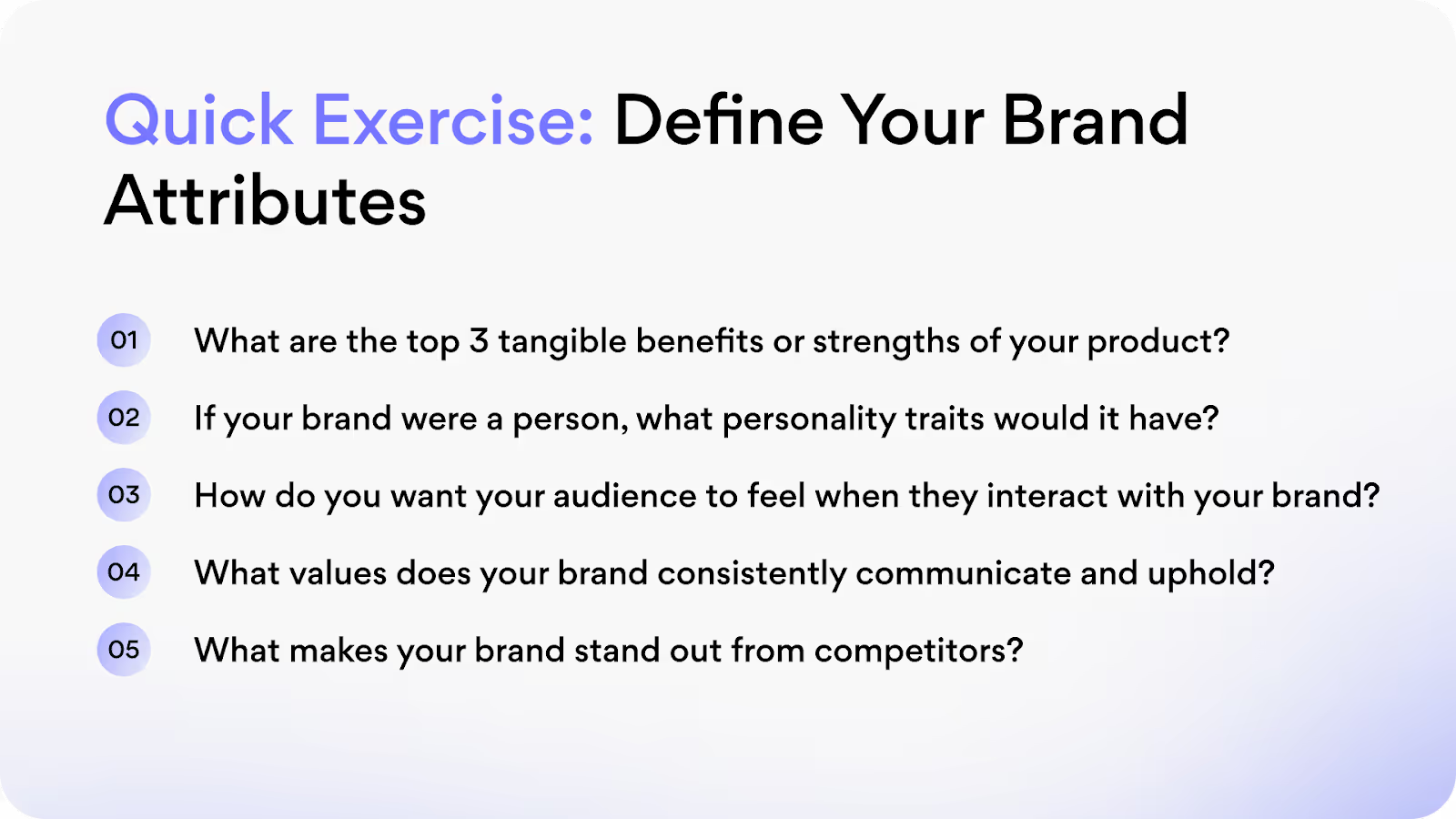
A Comprehensive Brand Attributes List
Attributes are the building blocks of your brand’s identity. To build a memorable brand, you need to define attributes that resonate functionally and emotionally with your target audience. Below is a comprehensive list that helps you define them better.
Functional & Measurable Attributes (Hard)
- Speed, reliability, efficiency, or accuracy (e.g., Amazon).
- Craftsmanship, attention to detail, and overall excellence (e.g., Rolex).
- Pioneering new ideas, technologies, or approaches (e.g., Tesla).
- Competitive pricing or exceptional value for money (e.g., IKEA).
- Ethical sourcing, eco-conscious production, or environmental stewardship (e.g., Patagonia).
- Industry authority, technical know-how, or specialization (e.g., McKinsey & Company).
- Long-lasting, dependable products or services (e.g., Tupperware).
- Ability to adapt and grow with customer needs (e.g., Shopify).
- Example: Shopify’s scalable e-commerce solutions.
- Making life easier through accessibility or intuitive design (e.g., Uber).
Emotional & Personality-Driven Attributes (Soft)
- Reliability, honesty, and transparency (e.g., PayPal).
- Understanding and addressing customer needs and emotions (e.g., Dove).
- Welcoming diversity and making everyone feel valued (e.g., Ben & Jerry).
- Staying true to your values and mission (e.g., Harley-Davidson).
- Exclusivity, sophistication, and premium experiences (e.g., Chanel).
- Taking risks and standing out with a daring personality (e.g., Red Bull).
- Future-focused and adaptable to change (e.g., Netflix).
- Encouraging exploration and a sense of discovery (e.g., National Geographic).
To build a memorable and impactful brand, you don’t need to choose between hard and soft attributes. You should balance and combine to create a brand that connects logically and emotionally with your audience. Here are some examples of a good combination:
- Apple combines innovation (hard) with simplicity and elegance (soft) to create a brand that feels advanced and approachable.
- Nike blends performance (hard) with inspiration and empowerment (soft) to resonate with athletes and dreamers alike.
- Dove marries quality skincare solutions (hard) with a message of empathy and body positivity (soft).
BUT
Attributes can be not only positive. What do we mean? Suppose you're investing heavily in branding, advertising, and messaging to position your business as luxurious and high-quality, but your product or service fails to deliver on those promises. In that case, you're unintentionally building negative attributes.
Negative hard attributes
- Inconsistent quality
- Poor performance
- High cost with low value
- Lack of innovation
- Environmental neglect
Negative soft attributes
- Arrogance
- Dishonesty
- Coldness
- Confusion
- Exclusivity without inclusion
Negative attributes can damage a brand's reputation, potentially irreversibly. Overpromising, underdelivering, or misaligning messaging can lead to a downward spiral. Therefore, it's so important to carefully define, align, and execute brand attributes and have skilled designers and marketers. Reputation is built on customer trust and love and isn't something you can buy.
If you want to ensure your brand is on the right track, investing in a UX audit is a smart move. A thorough audit can uncover inconsistencies, refine your brand’s identity, and help you avoid pitfalls that could cost you your reputation.

Well, if you are only at the beginning of a journey or want to refresh your brand, now we provide detailed instructions on how to identify and define the attributes of a brand!
How to Identify and Define Your Brand Attributes
Attributes of your brand are the foundation of your identity. It's what makes your business unique and recognizable. To define them, we recommend the following:
- Start with your company's mission and vision, and understand what problem you solve to form your brand's core.
- Audit your current identity and company culture.
- Analyze the competitors to differentiate.
- Evolve when needed because branding is dynamic, paying attention to customer insights.
Now, let's talk about these four steps in more detail.
Core Values of Your Brand
Core values are the non-negotiable principles that drive your organization’s decisions and interactions. They build trust, consistency, and loyalty.
What we recommend to do:
- Begin with your business’s mission. Core values should align with the purpose you aim to achieve.
- Engage your leadership and employees in identifying values that reflect your organization’s behavior and goals.
- Tie values to measurable actions (e.g., ethical sourcing, transparent reporting, or customer-centric service).
- Integrate your core values into your branding, website, and customer communications.
- Regularly assess whether your organization’s actions reflect these values and adjust behaviors accordingly.
Role of Company Culture
Your company culture directly impacts how customers and employees perceive your brand. It’s the living expression of your core values.
What it means:
- A strong, positive culture attracts and retains top talent, which improves your brand’s image.
- When employees live your brand values, customers feel it in every interaction.
- A positive culture builds trust and credibility and creates a strong foundation for long-term success.

Power of Differentiation
True differentiation isn’t about being different for the sake of it! It’s about delivering unique and valuable experiences.
What we recommend to do:
- Define your unique selling proposition (USP).
- Highlight the experience and emphasize emotional connections as much as functional benefits.
- Ensure your differentiation aligns with your mission and values.
- Regularly analyze competitors and market shifts to know if your differentiation remains relevant and competitive.
Customer Insights
Customer insights help measure the success of branding efforts. They clarify what resonates with your audience and how to refine your messaging and products to meet their needs.
What we recommend to do:
- Use analytics platforms (e.g., Google Analytics) or/and customer surveys to gather behavior, preference, and pattern data.
- Conduct interviews or focus groups to understand customer pain points and motivations.
- Break your customer base into distinct personas to create targeted branding strategies that resonate with specific groups.
- Actively use customer feedback to refine your branding.
- Use predictive analytics tools to forecast trends and behaviors.
Arounda Case
Every brand has a story, and with WordPress, our goal was to help them tell theirs in a way that resonated with their users. We focused on their unique brand elements to craft marketing materials, dynamic social media content, and design product websites that aligned with their vision.
These efforts resulted in a 5% increase in engagement rate, a 22% boost in traffic, x2 customer retention, and a 20% reduction in bounce rate.
Learn more about the process in our WordPress case study.
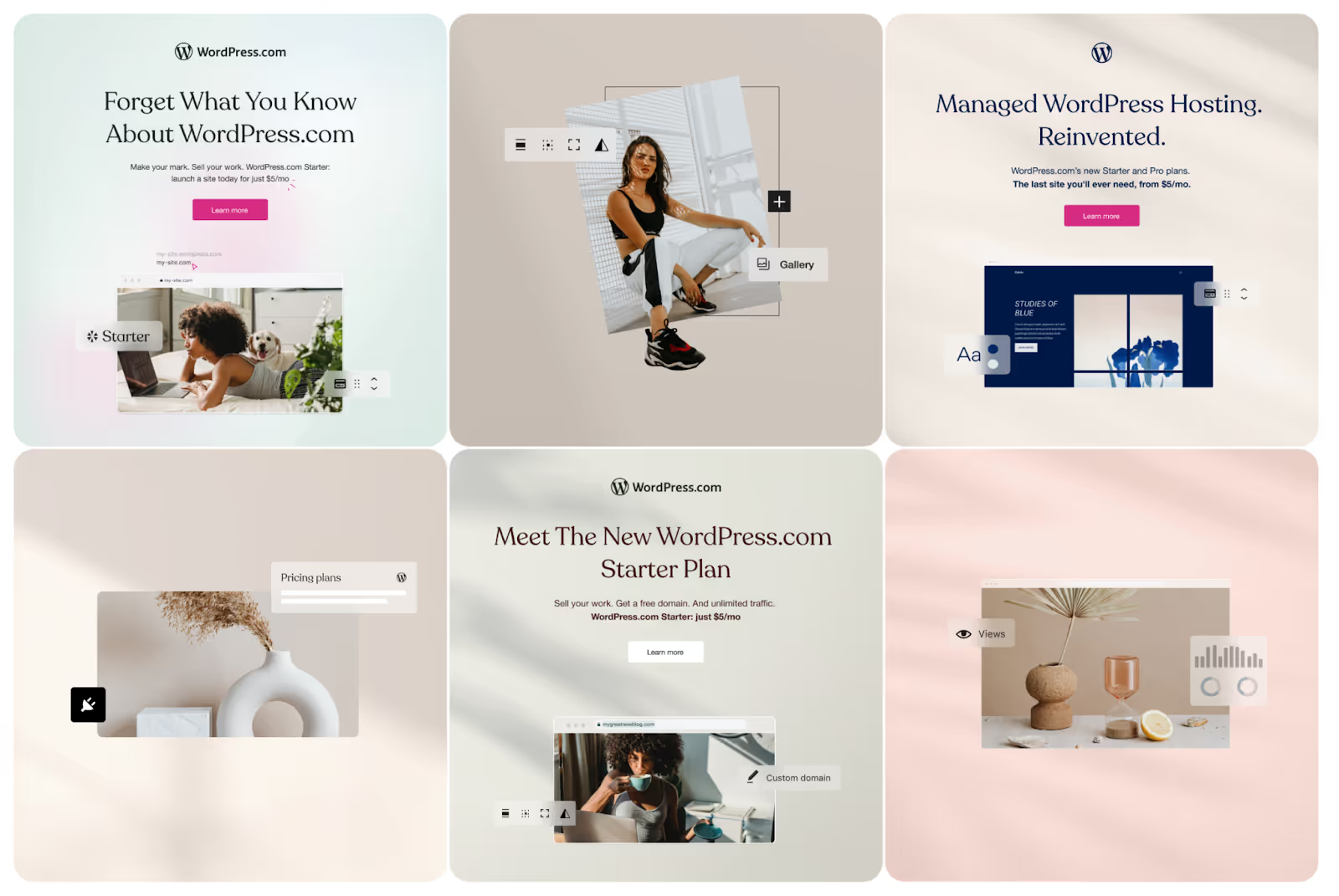
Emotional Connection
People connect with brands that resonate with their values, aspirations, and emotions. Create an emotional bond with your audience with visuals and voice.
Visuals and Voice
Your brand’s visual identity is often the first touchpoint with your audience. Here’s what we recommend to pay attention when designing visuals:
- Color psychology
- Typography
- Imagery and graphics
- Consistency
Our Arounda designers have developed branding for the Web3 platform and turned complex concepts into a clear identity and an intuitive website design on Webflow. Discover our case and find out all the nuances of our project.
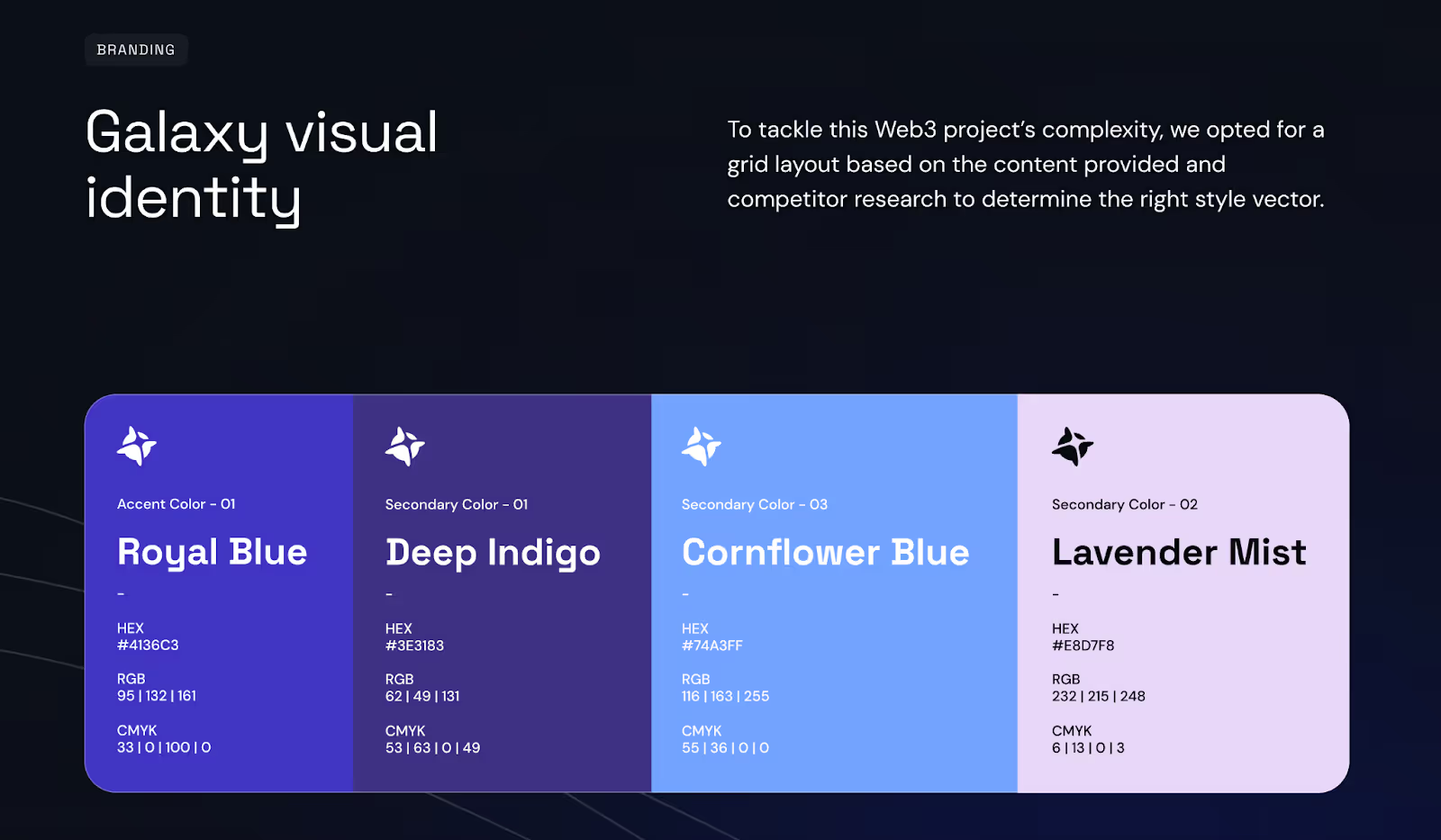
Your brand’s voice is how you “speak” to your audience. It’s the tone, style, and language you use to communicate your message. Here’s what we recommend to develop your brand voice:
- Define your tone and match it to your audience’s expectations.
- Create detailed customer personas.
- Be authentic, and don’t try to sound like someone else.
- Adapt to different mediums.
- Use storytelling.
Regularly evaluate your visuals and voice to ensure they evolve with your audience and market trends!
Now, let’s take a look at famous brand attributes examples to understand the power of branding and get inspired.
Inspiring Brand Attributes Examples from Top Brands
Top brands evoke emotions, tell stories, and create lasting connections with their audiences. Here’s a closer look at how some of the most iconic brands have defined their attributes to stand out and inspire loyalty.
Apple
Apple’s attributes are innovation, simplicity, and premium quality.
- Innovation in introducing groundbreaking products.
- Simplicity in minimalist designs both in products and marketing and accessible and user-friendly technology.
- Premium quality with a focus on craftsmanship and seamless integration.
The brand cares about consistency, so they developed different guidelines to provide all the essential info about accessibility, design, brand identity, and other materials.
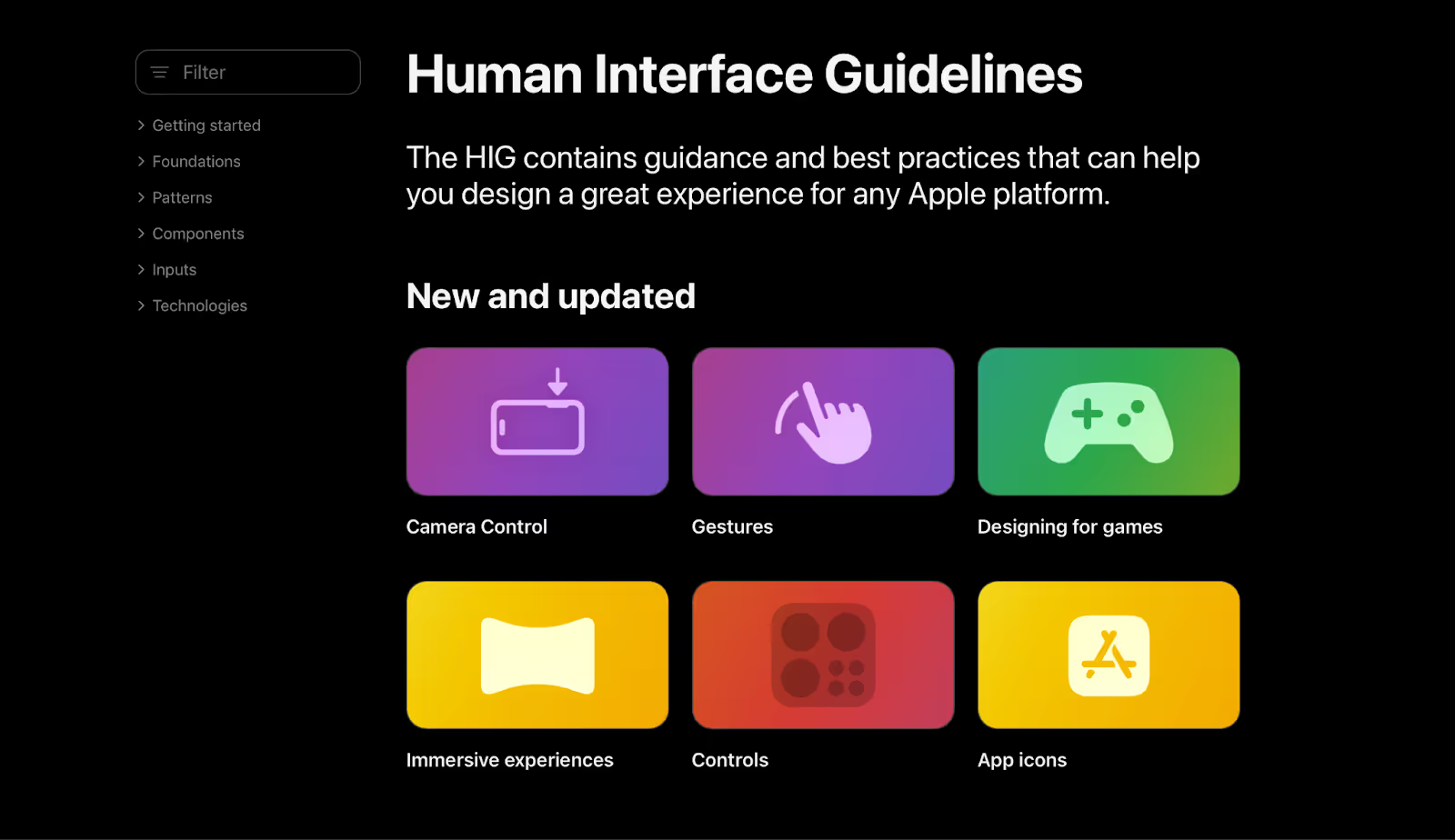
Nike
Nike is synonymous with inspiration, performance, and empowerment. Their “Just Do It” tagline embodies the spirit of perseverance and self-belief.
- Inspiration in real stories of athletes overcoming challenges.
- Performance in design to enhance athletic ability, emphasizing quality and reliability.
- Empowerment in inspiring people to push their limits, whether they’re professional athletes or casual runners.
Here’s an example of a brand voice and its purpose.
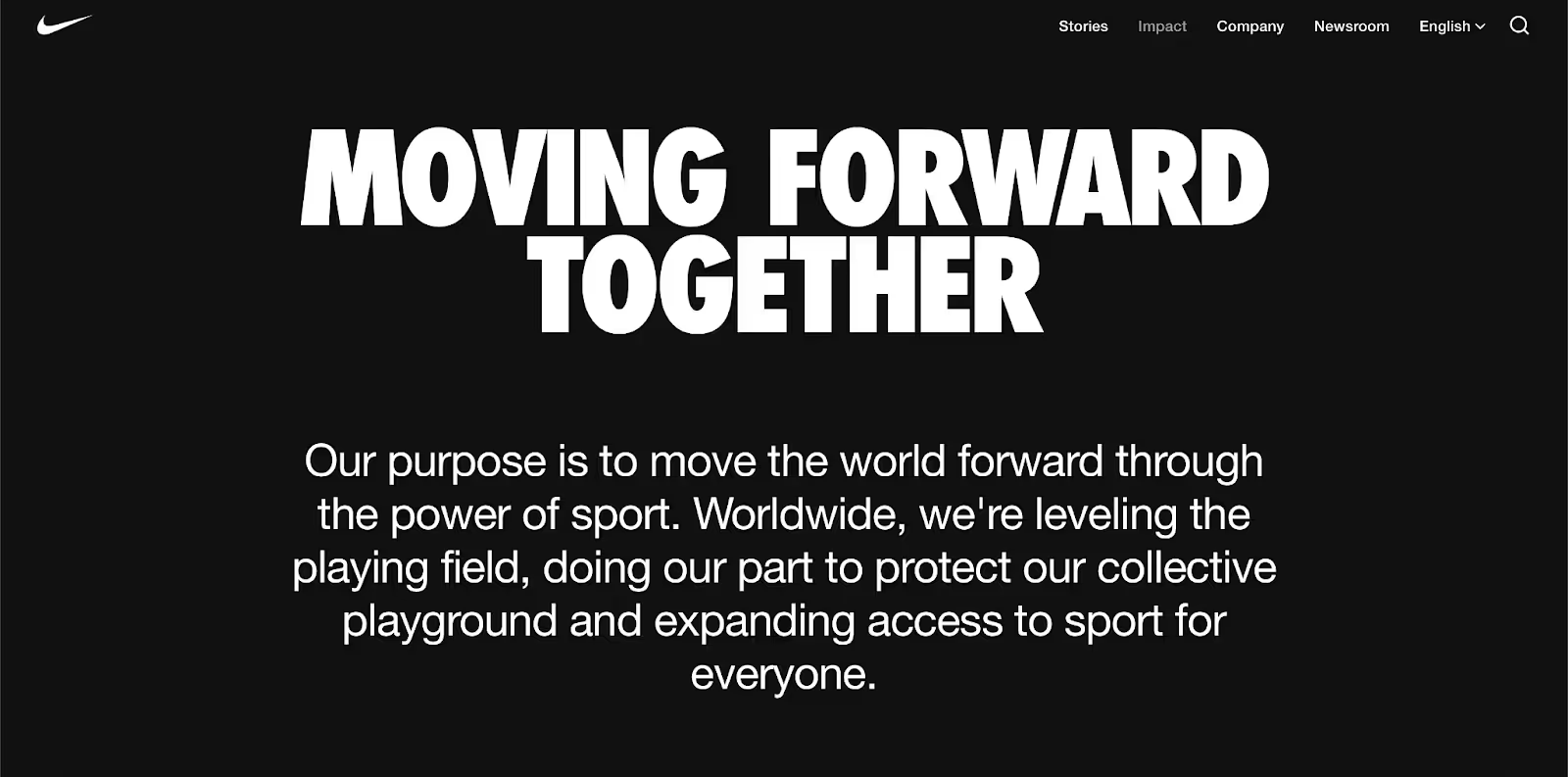
Tesla
Tesla stands out for its visionary innovation, sustainability, and leadership in technology.
- Visionary innovation in reimagining transportation with electric vehicles and groundbreaking technologies like autopilot.
- Sustainability in promoting clean energy solutions.
- Bold leadership that does not follow trends but creates them and positions itself as a market disruptor.
Tesla uses customer stories to talk about its performance, promote its brand innovation, demonstrate its mission and vision, and create impact because satisfied customers are the best advocates.
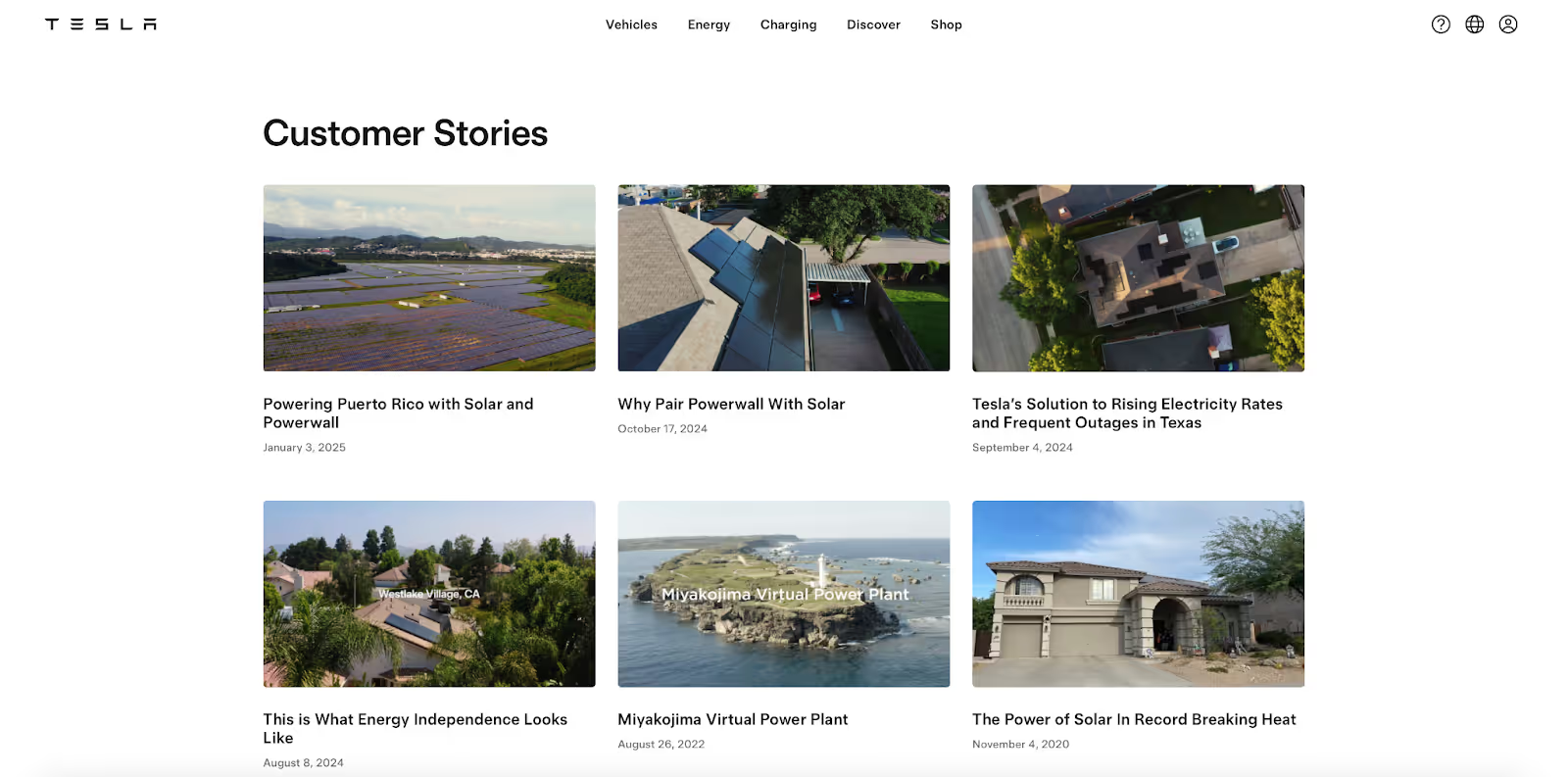
Coca-Cola
Coca-Cola’s attributes revolve around happiness, tradition, and universal appeal.
- Happiness can be seen in every advertising that consistently associates its products with joy, celebration, and togetherness.
- Tradition in iconic red-and-white design and timeless logo that evoke nostalgia and trust.
- Universal appeal by positioning itself as a drink for everyone and everywhere to create a sense of global unity.
This brand focuses on social impact, emotions, and values that connect people across cultures and demographics.
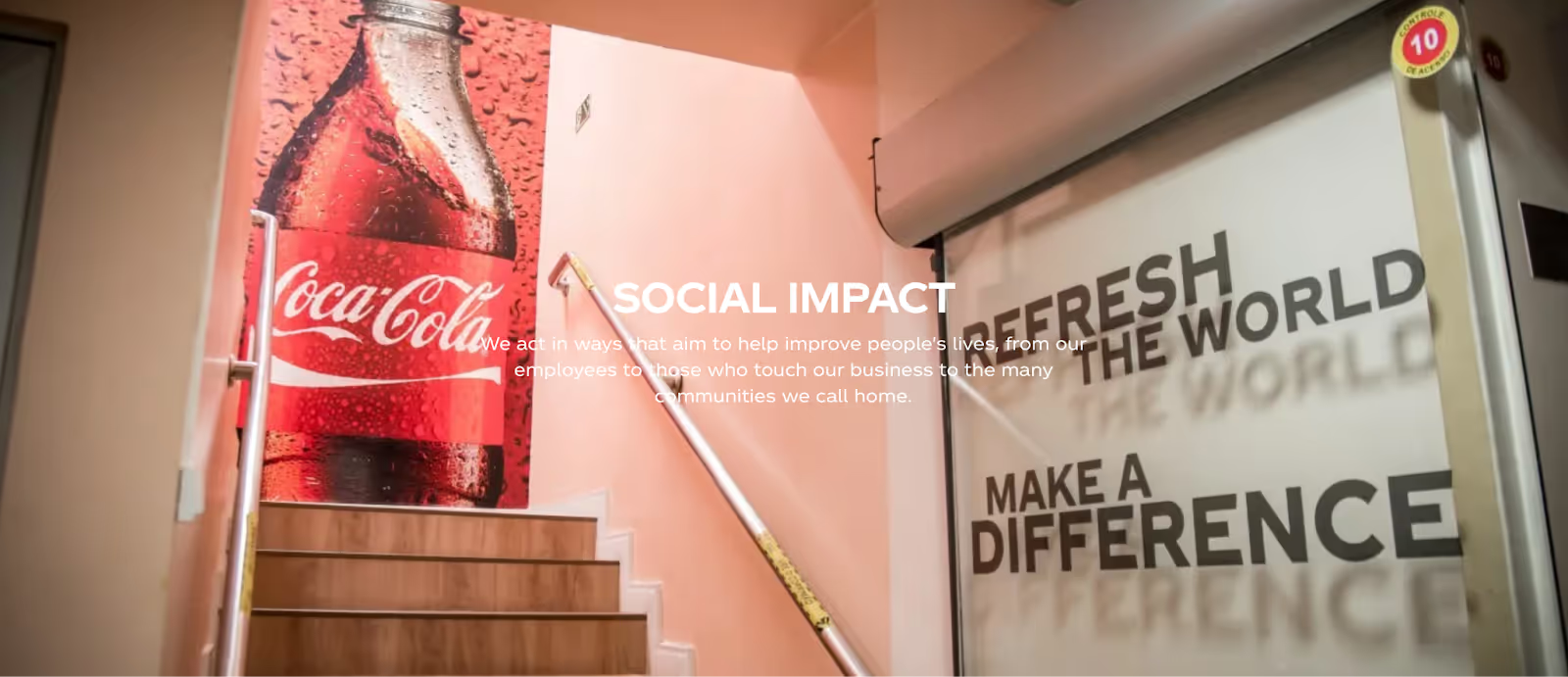
Levi’s
Levi's represents heritage, durability, and individuality, making it a staple in fashion and culture for decades.
- Heritage with a long history but relevance in modern times.
- Durability means high-quality denim products that are built to last.
- Individuality with marketing encourages self-expression, often featuring diverse individuals and unique styles.
With a rich brand history, Levi's encourages customers to see its product as part of their personal story. They even have a hashtag #liveinlevis to encourage customers to show their lifestyle with Levi's products. It's a great example of brand messaging, communication with customers, and promotion simultaneously.
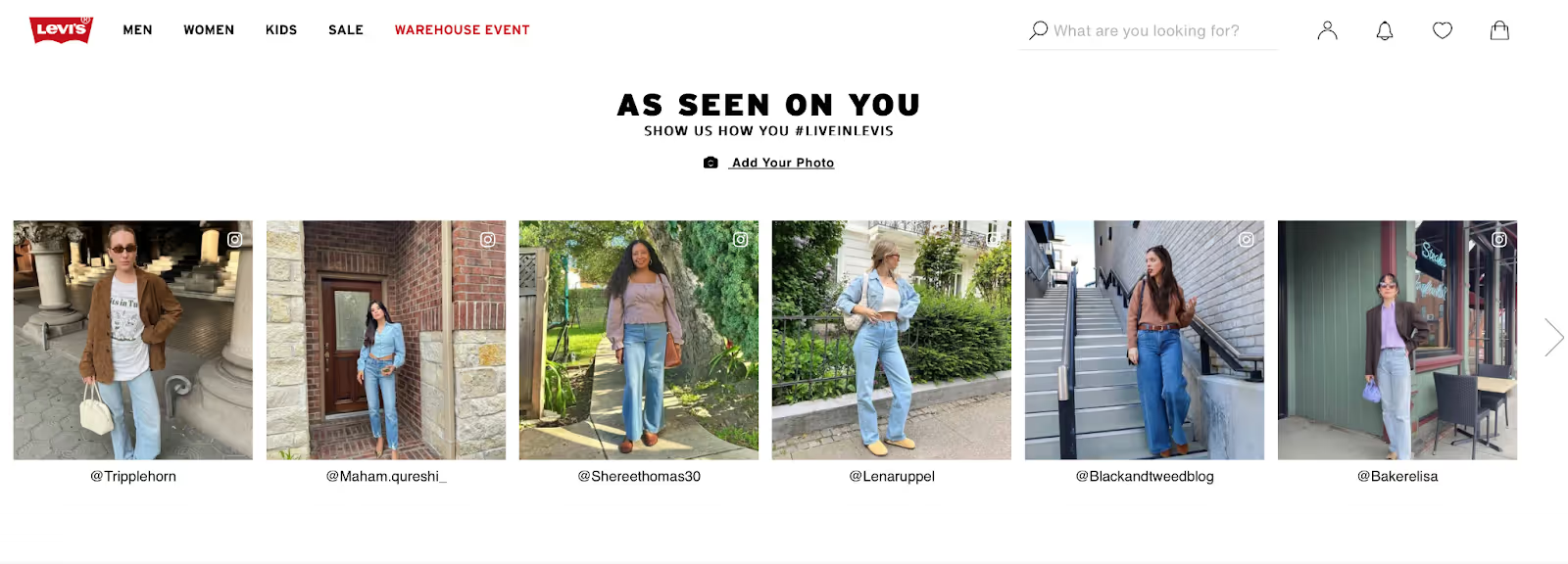
Defining attributes is just the beginning. The most important thing is developing the right strategy to bring these attributes to life. It's time to explore the process of building a strategy that transforms attributes into impactful results.
Developing Your Brand Attributes Strategy
Strategy is a roadmap that ensures your attributes resonate across every touchpoint and deliver consistent experiences. Here’s how to build a robust strategy.
Step 1. Start with your purpose
Answer the following questions:
- Why does your brand exist?
- What problems does it solve?
- How does it improve the lives of your customers?
Step 2. Identify key attributes
- Understand your target market’s needs, preferences, and expectations.
- Identify gaps or differentiators that set you apart in the market.
- Ensure your attributes reflect your company’s mission and long-term vision.
Step 3. Align attributes with your visual identity
- Use colors that evoke emotions aligned with your attributes (e.g., green for sustainability, blue for trust).
- Fonts should reflect your brand’s tone.
- Choose visuals that resonate with your audience.
- Create a style guide that documents your visual identity.
Step 4. Integrate your voice and messaging
- Match your tone to your attributes.
- Create messaging that reflects your core values and resonates with your audience’s pain points.
Step 5. Engage and test with your audience
Test your strategy with surveys and feedback, focus group insights, and A/B testing.
Step 6. Provide consistency across all touchpoints
- Make sure your website, social media, and emails align with your visual and messaging strategy.
- Train your team to embody your brand values in their interactions with customers.
- Infuse your attributes into every part of the customer journey, from onboarding to follow-ups.
Step 7. Measure success
Look for metrics that indicate alignment and resonance with your audience:
- Brand perception surveys.
- Engagement metrics.
- Customer retention rates.
Ready to transform your brand but worried about getting it right? That’s why we are here! Arounda helps craft a branding strategy and design a brand identity that’s clear, consistent, and drives results. We care about customer success, love our job, and do it professionally, so brands trust us!
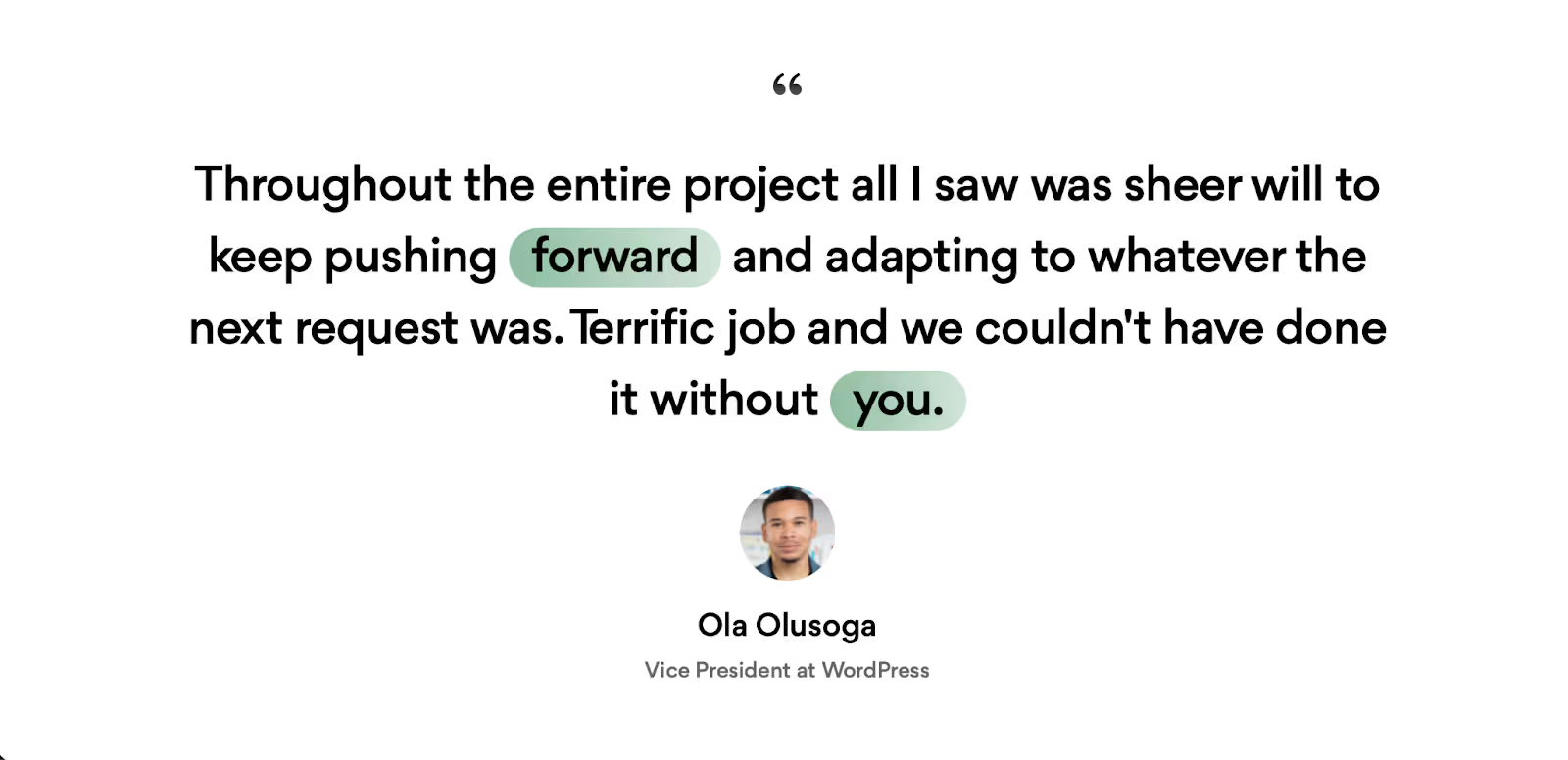
Final Thoughts
Your brand is more than a color palette, logo, and tagline. It’s how you connect with your audience, stand out in a crowded market, build trust that lasts, and tell your powerful (or not) story. It’s your promise to your customers and the experience they walk away with.
Great branding doesn’t happen by accident. It requires intentionality, strategy, and creativity because every decision you make, every message you send, and every product or service you deliver builds or breaks your reputation. That’s why defining your brand attributes isn’t a creative exercise, it’s a thoughtful and professional strategic process.
Contact us if you’re ready to refine your brand, strengthen your identity, and avoid costly missteps.















